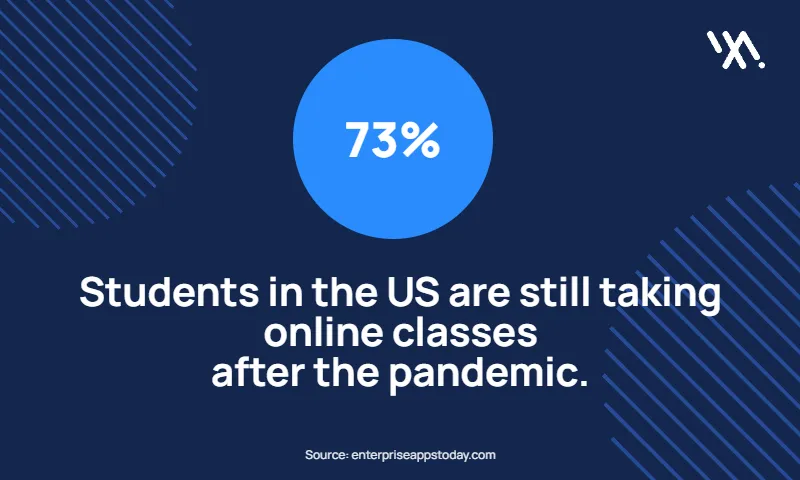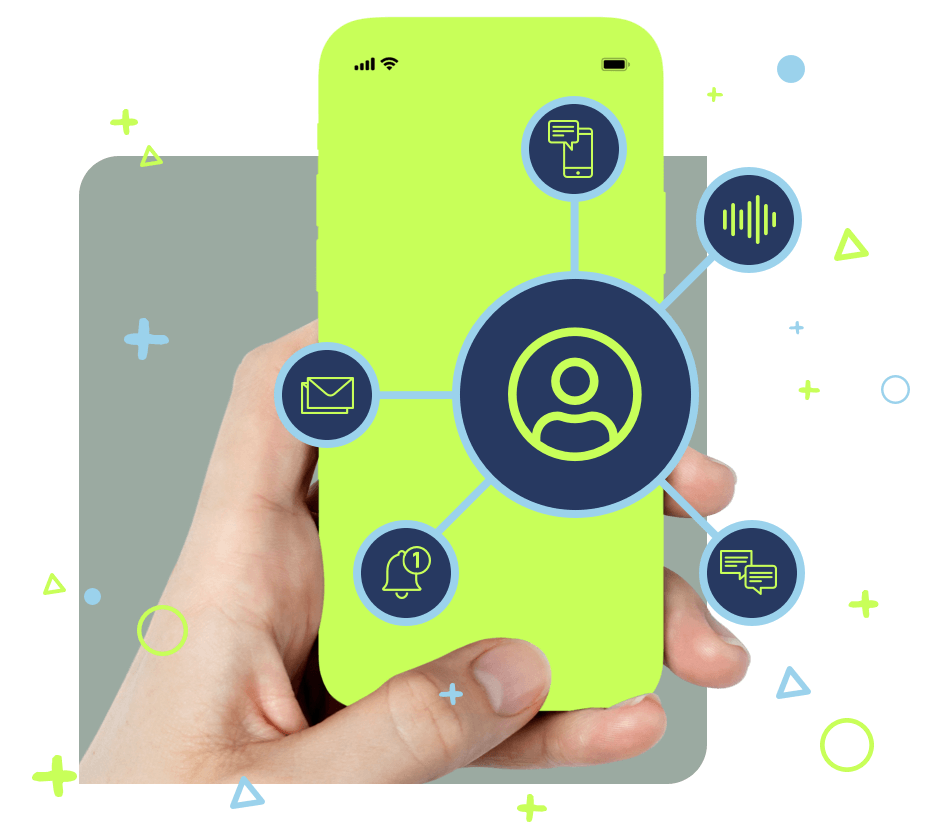Quick Links
For years, education forms have been synonymous with stacks of paper and long lines.
But what if there was a way to make these forms more engaging, efficient, and even helpful for students?
Enter conversational education forms, a revolutionary approach that’s transforming the way schools interact with students.
What are Education Forms?
Think of all those times students have filled out permission slips, course registration forms, or health questionnaires. These are all examples of education forms. They’re documents used by schools to collect information from students, parents, or guardians. While essential for various administrative tasks, traditional education forms can often be lengthy, confusing, and downright boring.
What are Conversational Education Forms?
These innovative online forms take the traditional format and turn it on its head. They use a chat-like interface with natural language processing (NLP) to help students instead of traditional text and checkboxes. NLP helps the system understand and respond to a student’s input naturally. This makes the experience more interactive and user-friendly.
For example, a registration form for classes may inquire about the student’s preferred subjects and learning style. It could ask what subjects the student enjoys the most. It could also ask how the student prefers to learn.
Based on the student’s answers, the form can then suggest relevant courses or provide additional information. This personalized approach is a major benefit of conversational education forms, especially for younger students or those with special education needs.
Benefits of Conversational Education Forms
Conversational education forms offer a multitude of benefits for both teachers and students. Here are some key advantages:
- Improved Student Engagement: Traditional forms can be tedious and confusing. Conversational forms, on the other hand, feel more like a dialogue, keeping students engaged and focused on completing the form. This encourages students to participate actively in the process, leading to better data collection and a more positive experience.
- Streamlined Processes: Conversational forms can automate repetitive tasks such as course registration, permission slips, or club sign-ups. This frees up valuable time for teachers, allowing them to focus on more important things like lesson planning and student interaction.
- Personalized Learning Experience: Conversational forms can adapt to individual student needs. Based on the student’s responses, the form can offer additional information, clarify instructions, or even connect them with relevant resources.
- Enhanced Accessibility: Users can easily translate conversational forms into different languages, making them accessible to students with diverse backgrounds. Additionally, their interactive nature can be helpful for students with visual or learning impairments.
- Reduced Paperwork: Conversational forms eliminate the need for paper forms altogether. Everything happens digitally, which saves paper, reduces clutter, and makes record-keeping easier.
Applications of Conversational Education Forms
The potential applications for conversational education forms are vast.
Here are some examples:
- Course Registration: Students can easily register for classes by answering questions about their interests, prerequisites, and schedule preferences.
- FAQ Chatbot: A conversational form can act as a 24/7 FAQ chatbot, answering students’ common questions about school policies, deadlines, or resources.
- Permission Slips: Students can quickly request and submit permission slips for field trips or extracurricular activities through a conversational form.
- Student Feedback Surveys: Conversational forms can be used to create engaging surveys to gather student feedback on courses, instructors, or the learning experience itself. This allows for a more nuanced understanding of student needs and preferences compared to traditional static surveys.
- Special Education Support: Teachers can customize conversational forms to provide extra support for students with special education needs. They can offer simplified language, clarify instructions, or even connect students with relevant resources.
- Career Guidance Chatbot: A conversational form can act as a career guidance chatbot, helping students explore different career paths based on their interests, skills, and academic performance.
Getting Started with Conversational Education Forms

Several online platforms offer conversational form creation tools. Many of them are user-friendly and require no coding experience. These platforms often offer templates for common education forms, which makes it easy to get started.
According to a recent study by Enterprise Apps Today, a surprising 73% of students in the US are still taking online classes after the pandemic. This shift towards online learning highlights the growing need for engaging and interactive educational tools. Conversational forms can play a significant role in this evolving landscape.
A popular option is WayMore, which offers a drag-and-drop interface and a variety of features specifically designed for educational use.
The Future of Education Forms
Conversational education forms are still a relatively new technology, but they hold immense potential to revolutionize the way schools operate.
By making forms more engaging, efficient, and accessible, conversational forms can empower both teachers and students, ultimately leading to a more positive and productive learning environment.
In Conclusion
Education forms no longer have to be a source of frustration for students and teachers.
Conversational forms offer a powerful alternative, transforming these once-dreaded tasks into interactive experiences that benefit everyone involved.
As this technology continues to evolve, we can expect to see even more innovative applications for conversational education forms in the years to come.
Curious to learn more? WayMore’s experts are ready to chat!
FAQs
Conversational education forms can be just as secure as traditional online forms. Look for platforms that offer robust security features like data encryption and access controls. Schools should also have clear policies in place regarding student data privacy.
Not necessarily! Conversational forms can be streamlined to ask only the essential questions. Additionally, the interactive nature can keep students engaged, potentially leading to faster completion times.
While not ideal for lengthy assessments, conversational forms can be used for short quizzes or knowledge checks. The branching logic allows for personalized feedback based on student responses.
Costs for conversational education platforms can vary depending on features and usage. Many platforms offer free trials or basic plans with limited features.
One intuitive conversational form builder which you can try for FREE is WayMore. The drag-and-drop features make it very user friendly.
Many platforms offer user-friendly interfaces and templates specifically designed for education. Look for platforms with customer support or training resources to help teachers get started. WayMore has created a detailed guide on how to create conversational forms without coding.
Curious to learn more? WayMore’s experts are ready to chat!



